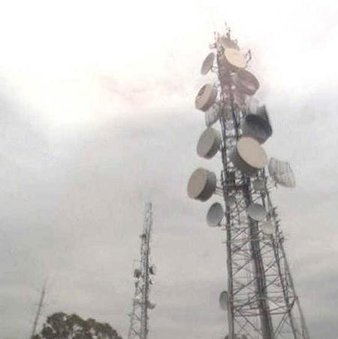I have worked in the dry cleaning industry for almost 30 years. I worked in my family's dry cleaning operation as a manager and owner. Currently, I write a blog for those in the dry cleaning industry, as well as work for a manufacturer of dry cleaning chemicals. Over the years I have spent in the dry cleaning industry, I estimate that I have been in over 2000 dry cleaners in the US.
A dry cleaning business is often an easy way for Asia immigrants to own a business. The investment required to get into the dry cleaning industry can often be much more affordable than other businesses. The Asian community has become very established in the dry cleaning industry and have much of the training materials and information available to them in their language. And while communication skills are very important at the point of sale, often this can be worked around with minimal English required.
Yes Lori, forgotten cleaning is a big issue in the dry cleaning industry. In most cases dry cleaning is paid for after it is finished. This means that the owner of the drycleaner has invested time and labor, as well as other intangibles to produce the clean garment. If it is never picked up this was all done at a loss. Depending on state laws, he can sell the garment to try to re-coup his cost. Other drycleaners will donate these garments to charities.
That would be a long shot, but I suppose it could create a problem in the drycleaning machine. It might be able to get into the pump and while not actually causing damage, it could result in having to take the pump apart and cleaning the thread/lint from the impeller. Another possibility would be shortening the life of the filters on the machine. If there were a lot of lint, this could result in having to change them sooner than possible. Without actually seeing this garment, these are about the only things I can think of and neither of them are really a serious issue.
Depending on how you configure the store between $150k - $250K for new, good quality equipment, computers, counters, build out and start up supplies. If you are only going to be doing dry cleaning (you will be sending your shirts out for someone else to do for you), you will be on the lower end of that range. For dry cleaning and laundry (which is the way that most configure), you will be on the higher end of that range.
Call Center Representative
 What is the meanest thing a caller has ever said to you?
What is the meanest thing a caller has ever said to you?
Radio program/music director
 What's the secret to actually getting through when you call in for a radio contest?
What's the secret to actually getting through when you call in for a radio contest?
Claims Adjuster
Yes, that has someone on premises should be able to repair the down jacket for you. It is hard to say without actually seing the garment, but I would suspect that patch may be the best way to repair the garment.
I have not seen any garments that will have the same finish that you will receive as when you have your clothes professionaly dry cleaned or laundered. Often in the dry cleaning process, sizings are added to give the garment dimensional stability and help to prevent the wrinkles that occur during handling of the garments. During the pressing process the heat and steam that are used help these finishes to hold that shape of the garment. If you want your garment to look like new, take it to a professional dry cleaner using a fabric finish/sizing in the dry cleaning process.
I can understand that the seller could be concerned that when his employees find out he is selling, they may want to move on and actually this is a very common concern when selling a dry cleaner. However, you need to do your due diligence and thoroughly investigate the sales of the business before closing. If the owner cannot come to some agreeable way of allowing you to verify the daily sales, I would become a little concerned about the actual sales. A few ways that may help is to check the invoice numbers at the beginning of the each day to get an idea how many invoices there were. You could check the daily bank deposit. Setting in the parking lot and actually counting customers the first few hours of the day and the last few hours of the day can give you an inkling as to how busy they are.
-OR-
 Login with Facebook
Login with Facebook (max 20 characters - letters, numbers, and underscores only. Note that your username is private, and you have the option to choose an alias when asking questions or hosting a Q&A.)
(A valid e-mail address is required. Your e-mail will not be shared with anyone.)
(min 5 characters)
By checking this box, you acknowledge that you have read and agree to Jobstr.com’s Terms and Privacy Policy.
-OR-
 Register with Facebook
Register with Facebook(Don't worry: you'll be able to choose an alias when asking questions or hosting a Q&A.)